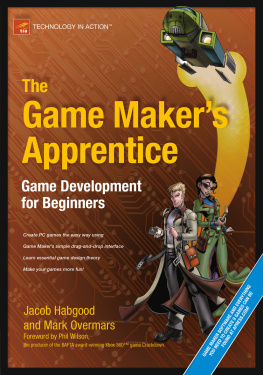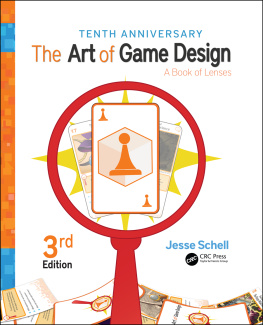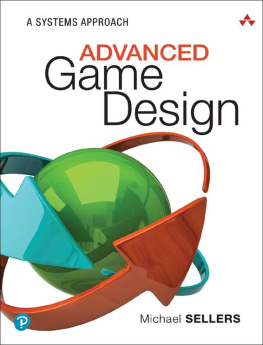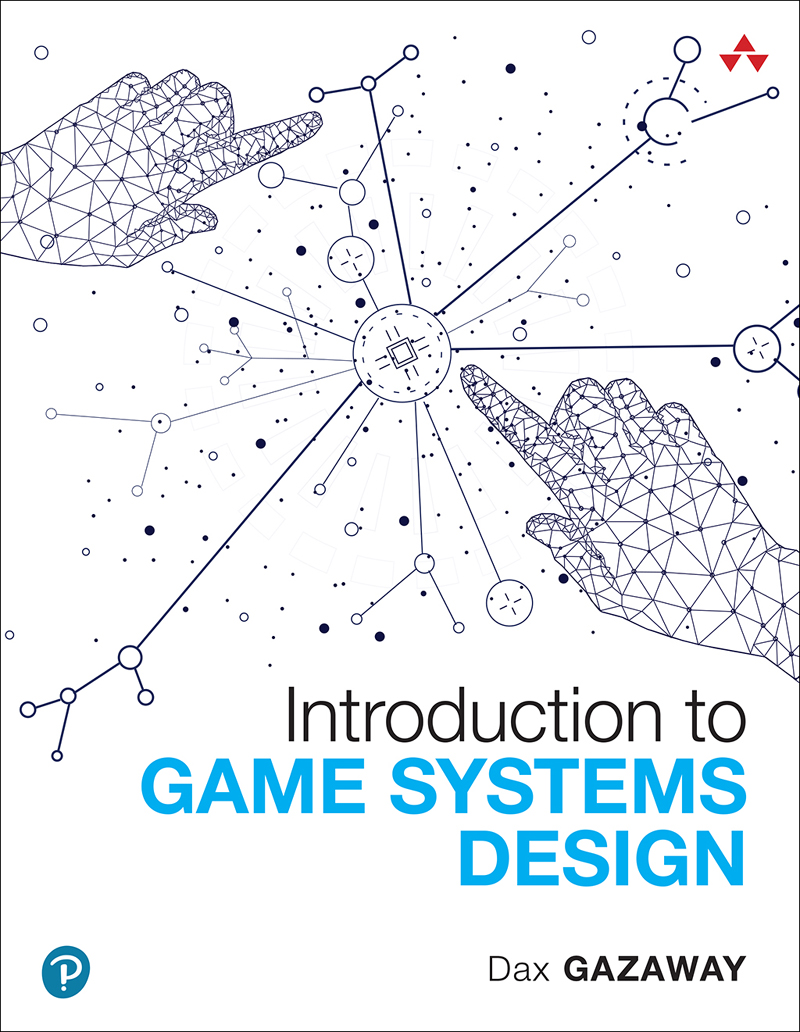ePUB is an open, industry-standard format for eBooks. However, support of ePUB and its many features varies across reading devices and applications. Use your device or app settings to customize the presentation to your liking. Settings that you can customize often include font, font size, single or double column, landscape or portrait mode, and figures that you can click or tap to enlarge. For additional information about the settings and features on your reading device or app, visit the device manufacturers Web site.
Many titles include programming code or configuration examples. To optimize the presentation of these elements, view the eBook in single-column, landscape mode and adjust the font size to the smallest setting. In addition to presenting code and configurations in the reflowable text format, we have included images of the code that mimic the presentation found in the print book; therefore, where the reflowable format may compromise the presentation of the code listing, you will see a Click here to view code image link. Click the link to view the print-fidelity code image. To return to the previous page viewed, click the Back button on your device or app.
Introduction to Game Systems Design
Dax Gazaway

Boston Columbus New York San Francisco Amsterdam Cape Town
Dubai London Madrid Milan Munich Paris Montreal Toronto Delhi Mexico City
So Paulo Sydney Hong Kong Seoul Singapore Taipei Tokyo
The author and publisher have taken care in the preparation of this book, but make no expressed or implied warranty of any kind and assume no responsibility for errors or omissions. No liability is assumed for incidental or consequential damages in connection with or arising out of the use of the information or programs contained herein.
Many of the designations used by manufacturers and sellers to distinguish their products are claimed as trademarks. Where those designations appear in this book, and the publisher was aware of a trademark claim, the designations have been printed with initial capital letters or in all capitals.
Microsoft and/or its respective suppliers make no representations about the suitability of the information contained in the documents and related graphics published as part of the services for any purpose. All such documents and related graphics are provided as is without warranty of any kind. Microsoft and/or its respective suppliers hereby disclaim all warranties and conditions with regard to this information, including all warranties and conditions of merchantability, whether express, implied or statutory, fitness for a particular purpose, title and non-infringement. In no event shall Microsoft and/or its respective suppliers be liable for any special, indirect or consequential damages or any damages whatsoever resulting from loss of use, data or profits, whether in an action of contract, negligence or other tortious action, arising out of or in connection with the use or performance of information available from the services. The documents and related graphics contained herein could include technical inaccuracies or typographical errors. Changes are periodically added to the information herein. Microsoft and/or its respective suppliers may make improvements and/or changes in the product(s)
and/or the program(s) described herein at any time. Partial screenshots may be viewed in full within the software version specified.
Microsoft Windows and Microsoft Office are registered trademarks of the Microsoft Corporation in the U.S.A. and other countries. This book is not sponsored or endorsed by or affiliated with the Microsoft Corporation.
Cover image: Vladimir Vihrev/Shutterstock
For information about buying this title in bulk quantities, or for special sales opportunities (which may include electronic versions; custom cover designs; and content particular to your business, training goals, marketing focus, or branding interests), please contact our corporate sales department at or (800) 382-3419.
For government sales inquiries, please contact .
For questions about sales outside the U.S., please contact .
Visit us on the Web: informit.com/aw
Library of Congress Control Number: 2021940285
Copyright 2022 Pearson Education, Inc.
All rights reserved. This publication is protected by copyright, and permission must be obtained from the publisher prior to any prohibited reproduction, storage in a retrieval system, or transmission in any form or by any means, electronic, mechanical, photocopying, recording, or likewise. For information regarding permissions, request forms and the appropriate contacts within the Pearson Education Global Rights & Permissions Department, please visit www.pearson.com/permissions.
ISBN-13: 978-0-13-744084-9
ISBN-10: 0-13-744084-7
ScoutAutomatedPrintCode
Editor-in-Chief
Mark Taub
Acquisitions Editor
Malobika Chakraborty
Development Editor
Chris Zahn
Managing Editor
Sandra Schroeder
Senior Project Editor
Lori Lyons
Copy Editor
Kitty Wilson
Production Manager
Vaishnavi Venkatesan/codeMantra
Indexer
Timothy Wright
Proofreader
Betty Pessagno
Compositor
codeMantra
This book is dedicated to my game family. This includes those who raised me as a gamer, those who have been with me through this journey, and those who took me under their wing as I learned the professional trade. Thank you to everyone.
Preface
This book covers the basic aspects of game system design in plain English. It uses numerous examples and analogies to help guide you through topics that might seem intimidating at first but are totally within your reach. The book focuses on learning how to use spreadsheets for system design. It covers the basics and best practices for using spreadsheets to make complex game data more manageable.
Who This Book Is For
The primary audience for this book is aspiring game designers who are new to doing system design and interested in learning more. It is assumed that anyone starting this book already understands basic mathematics. But, beyond that, there are no presumptions for prior game design learning. This book is made to guide someone with a basic high school education from being a complete novice to becoming a practicing system designer.
The following are some of the groups of people who could benefit from the methods described in this book:
Aspiring professional video game system designers
Game masters/dungeon masters
Hobbyist video game designers
Designers of pen-and-paper RPGs and other analog games
Experienced level designers who want more system design knowledge
Programmers/engineers who will be working with system designers
High school educators who want to connect games with math for students
Producers/lead designers who want to better understand systems
How To Use This Book
This book is written to be read from beginning to end if you are starting fresh, without much prior knowledge of game systems. Its also made to be a reference book that you can jump around in and pick up useful bits of information, even if you are an experienced system designer. The best method for absorbing the information would be to read through the book once, working in a spreadsheet as xxiyou go, and then come back to the book as you create your next game for guidance on the complex tasks required to fully realize your game.






![Tracy Fullerton [Tracy Fullerton] - Game Design Workshop, 3rd Edition](/uploads/posts/book/119440/thumbs/tracy-fullerton-tracy-fullerton-game-design.jpg)
![Jesse Schell [Jesse Schell] - The Art of Game Design, 2nd Edition](/uploads/posts/book/119435/thumbs/jesse-schell-jesse-schell-the-art-of-game.jpg)
![Wagner James Au [Wagner James Au] - Game Design Secrets](/uploads/posts/book/119431/thumbs/wagner-james-au-wagner-james-au-game-design.jpg)
![Briar Lee Mitchell [Briar Lee Mitchell] - Game Design Essentials](/uploads/posts/book/119420/thumbs/briar-lee-mitchell-briar-lee-mitchell-game.jpg)
![Ethan Ham [Ethan Ham] - Tabletop Game Design for Video Game Designers](/uploads/posts/book/119417/thumbs/ethan-ham-ethan-ham-tabletop-game-design-for.jpg)



